Fresh herbs that can reduce your reliance on sodium – If it’s flavor cooks are aiming for, it’s possible to reduce reliance on sodium and increase the use of fresh herbs without sacrificing flavor.
Fresh herbs that can reduce your reliance on sodium
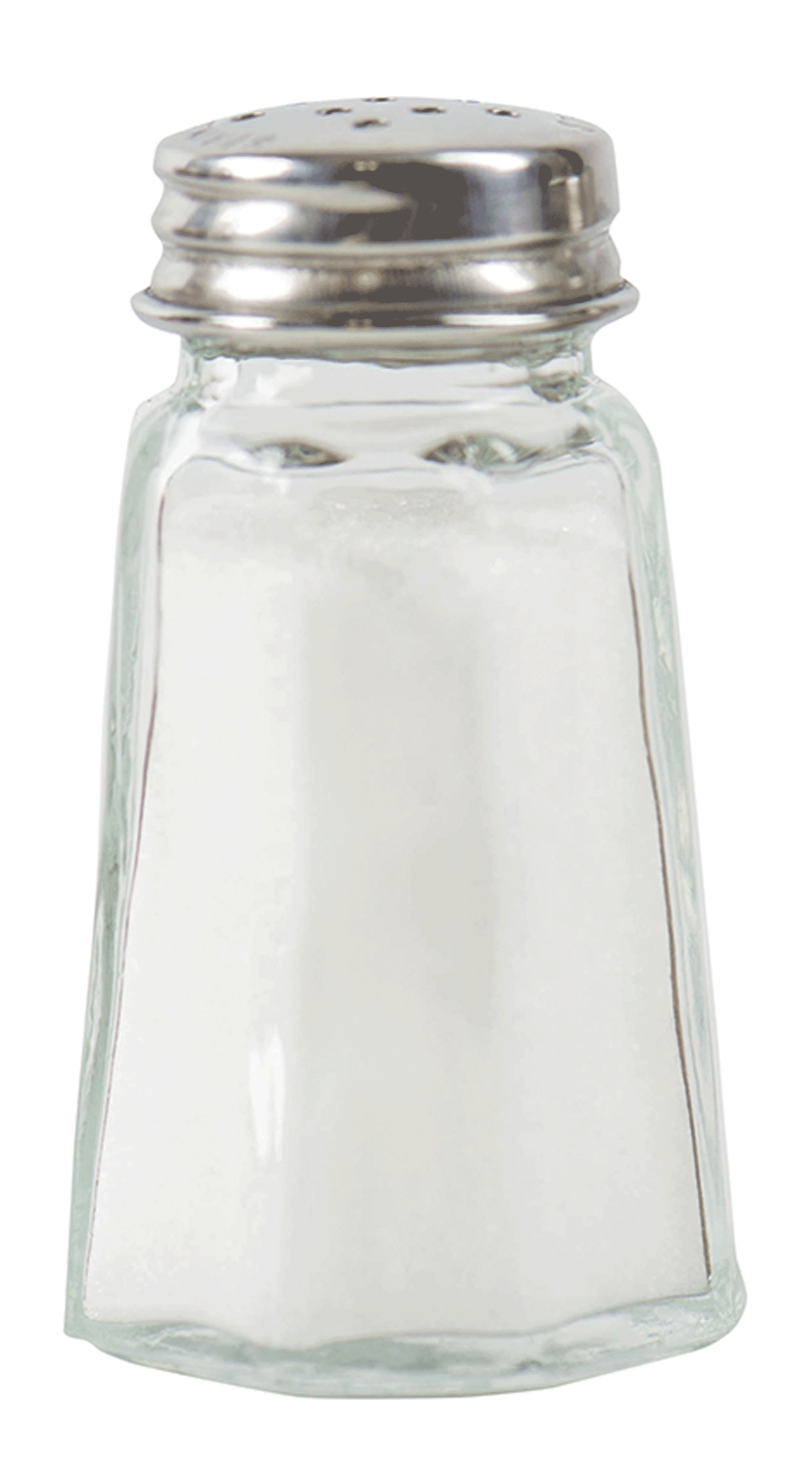
Salt has long been used to add flavor to people’s favorite foods. In fact, the use of salt as a means to preserving foods and adding flavor to recipes dates back to ancient times and has led to countless conflicts ever since.
The American Heart Association (AHA) notes that sodium plays an essential role in the human body by regulating the kidneys and helping to control the body’s fluid balance. Sodium also helps send nerve impulses and affects muscle function. However, excessive amounts of sodium can compromise heart health. The AHA notes that excessive amounts of sodium in the bloodstream pulls water into the blood vessels, increasing the total volume of blood within them. As more blood flows through blood vessels, blood pressure increases. Over time, that can adversely affect blood vessels and speed up the build-up of plaque that can block blood flow. Higher blood pressure forces the heart to work harder and increases a person’s risk for heart disease.
So what about sodium, a mineral so valued, and indeed vital to human existence, that it’s led to wars and created countless devotees in kitchens over the centuries? If it’s flavor cooks are aiming for, it’s possible to reduce reliance on sodium and increase the use of fresh herbs without sacrificing flavor. Such a transition can improve heart health and introduce a host of new flavors at meal time.
Below are some Fresh herbs that can reduce your reliance on sodium
Basil
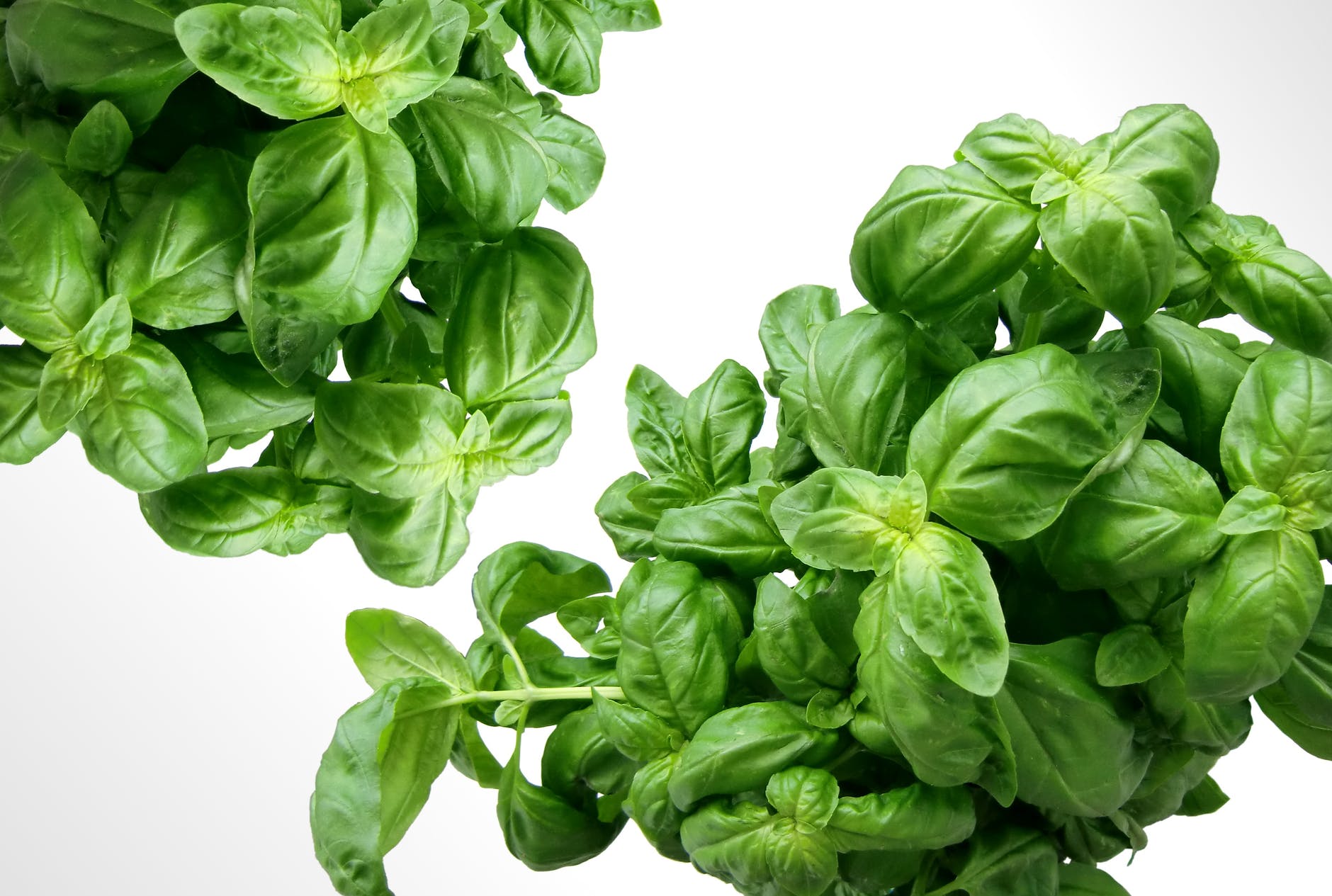
The AHA notes that basil has a sweet and fresh flavor profile and is best added to a dish right before serving. Freshly cut basil leaves can be added to any number of dishes, including tomato sauces, pastas, salads, pizzas, and eggs.
Cilantro
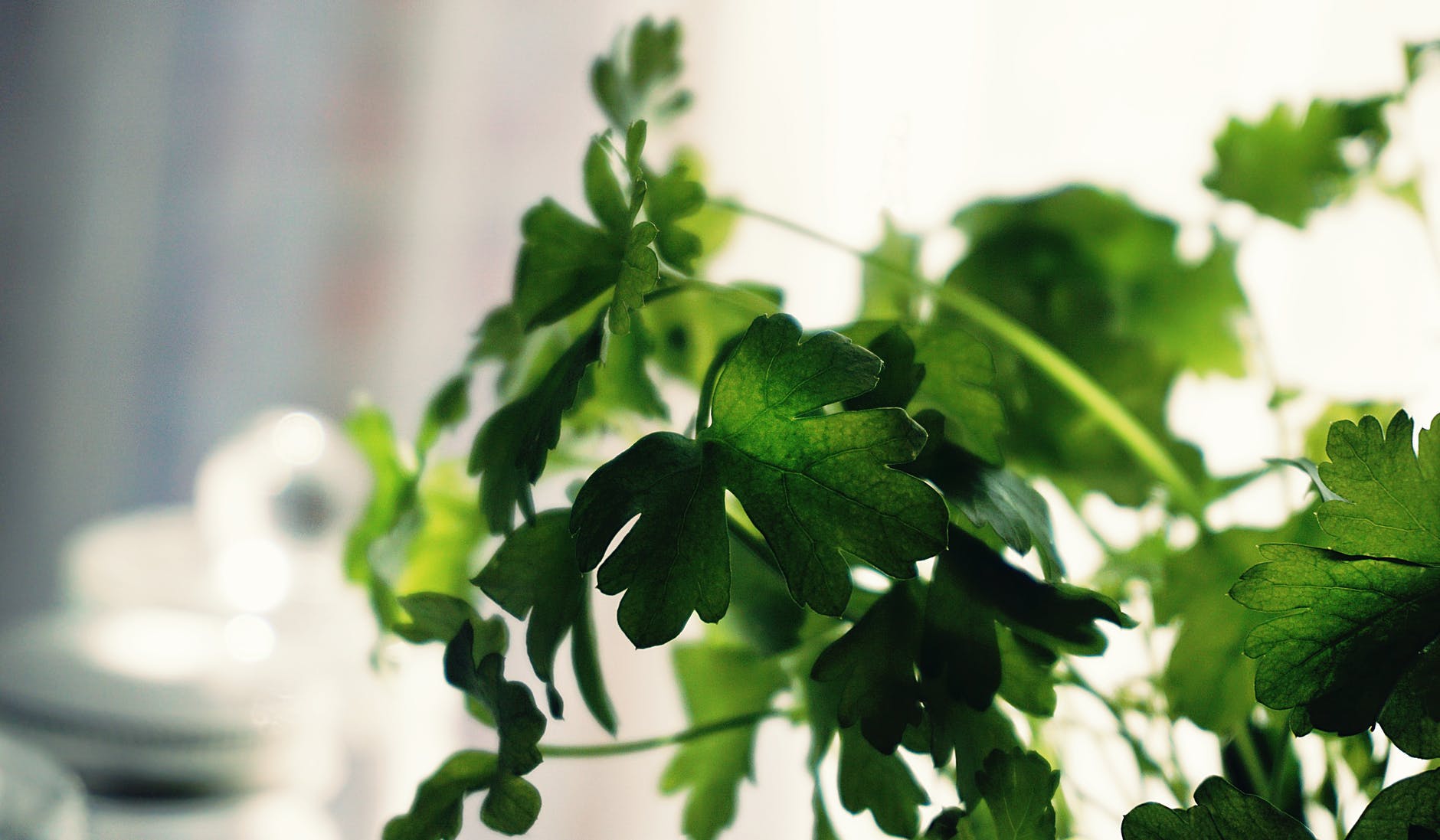
Cilantro are the delicate leaves and stems of the coriander plant. Like basil, cilantro should be added to a dish right before serving and should not be cooked. Cilantro can be paired with beans, tomatoes, corn, and avocados among other foods, and is widely used when preparing Mexican foods at home.
Oregano
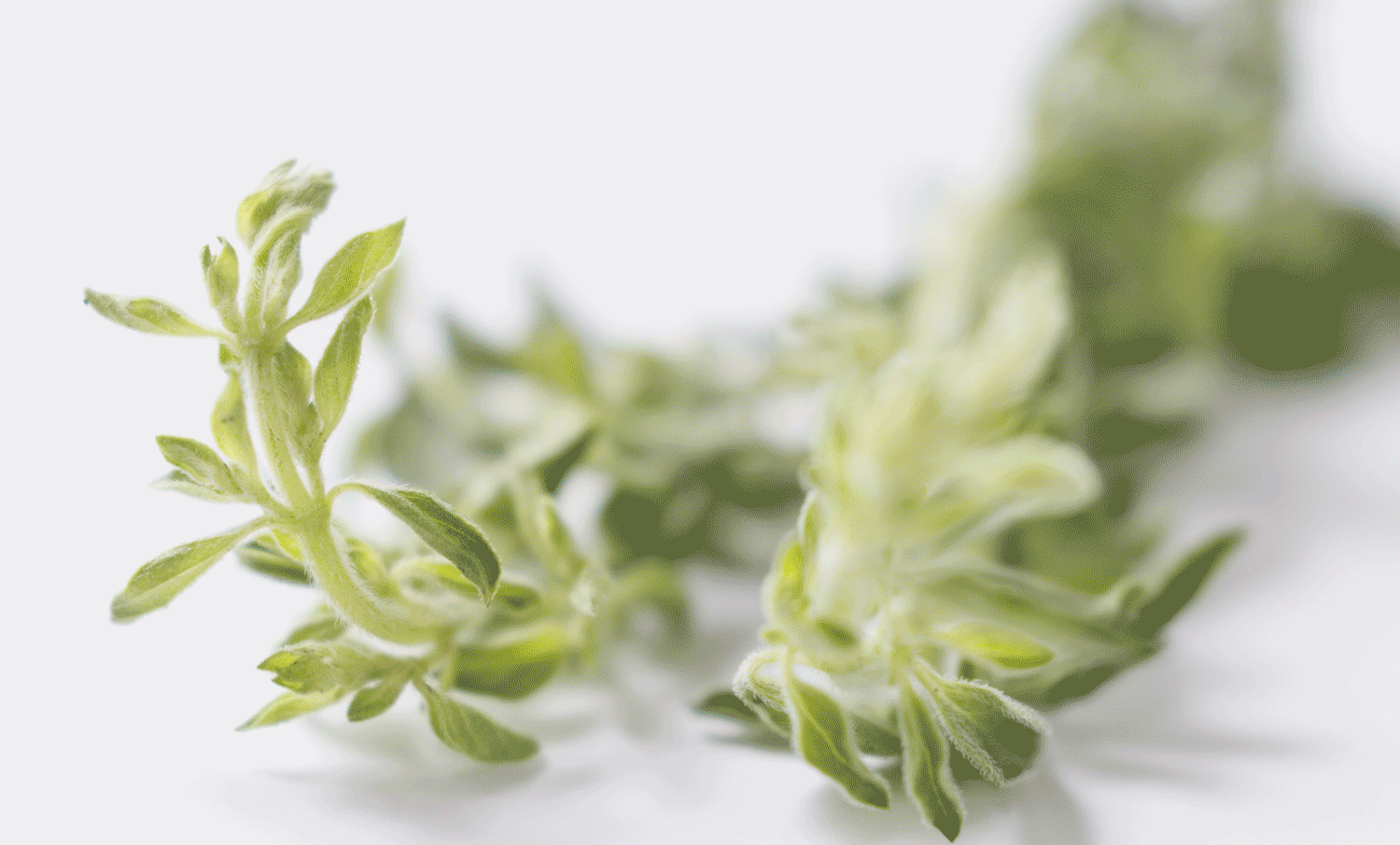
The AHA notes that Greek dishes often combine oregano, mint and lemon to create a memorable, delicious flavor profile. If chopping fresh oregano, strip the leaves from the stem and then discard the stem.
Parsley
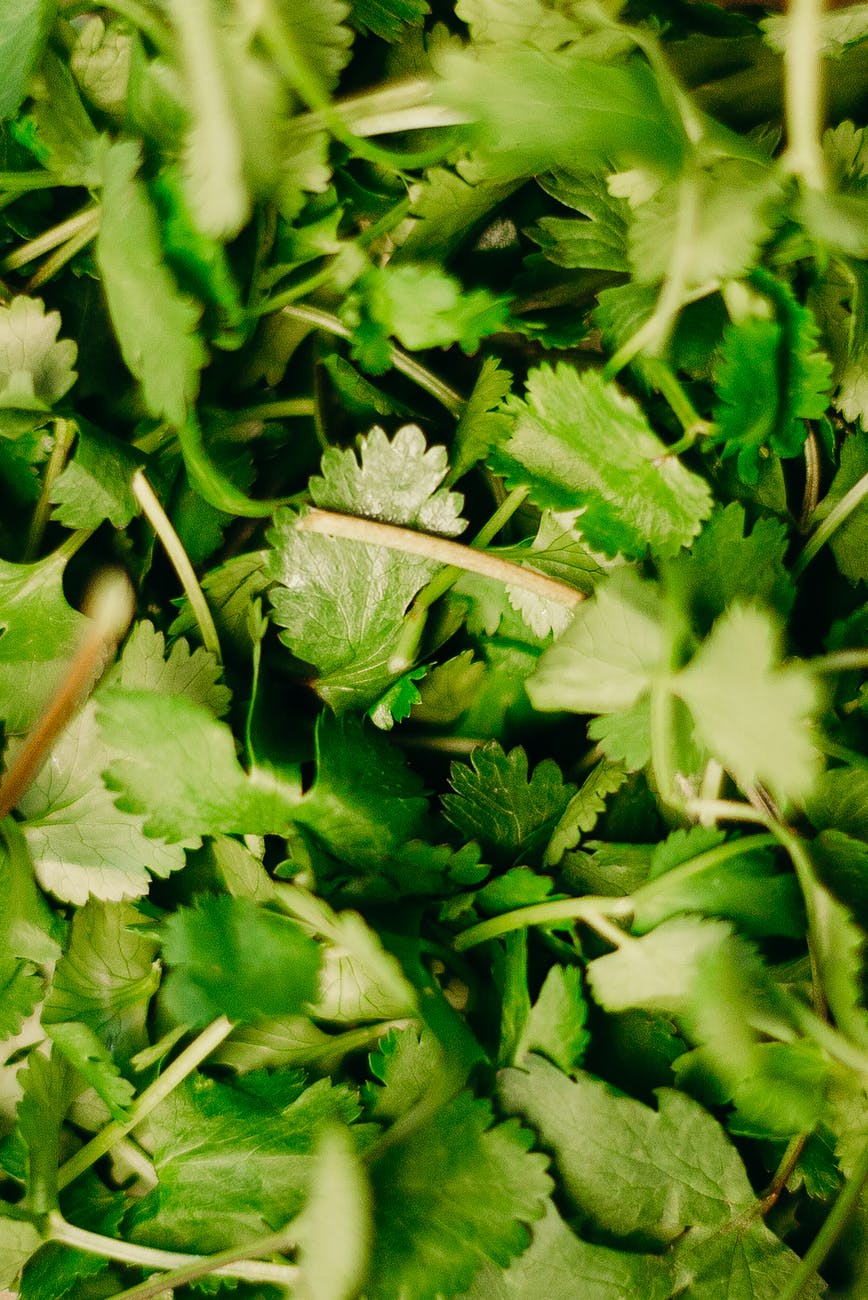
Parsley isn’t just a garnish used to add aesthetic appeal to plates. Flat-leaf parsley provides a light and fresh flavor, while the AHA notes that curly parsley offers a slightly peppery profile. Parsley is typically added to a dish during the final minutes of cooking or right before serving, and can be paired with chicken, fish, potatoes, and pasta among countless other foods.
These are just a handful of herbs that can give meals a flavorful punch and help chefs avoid an overreliance sodium in their recipes.
Learn about canned food myths debunked!
Complements of MetroCreative. TF212708












